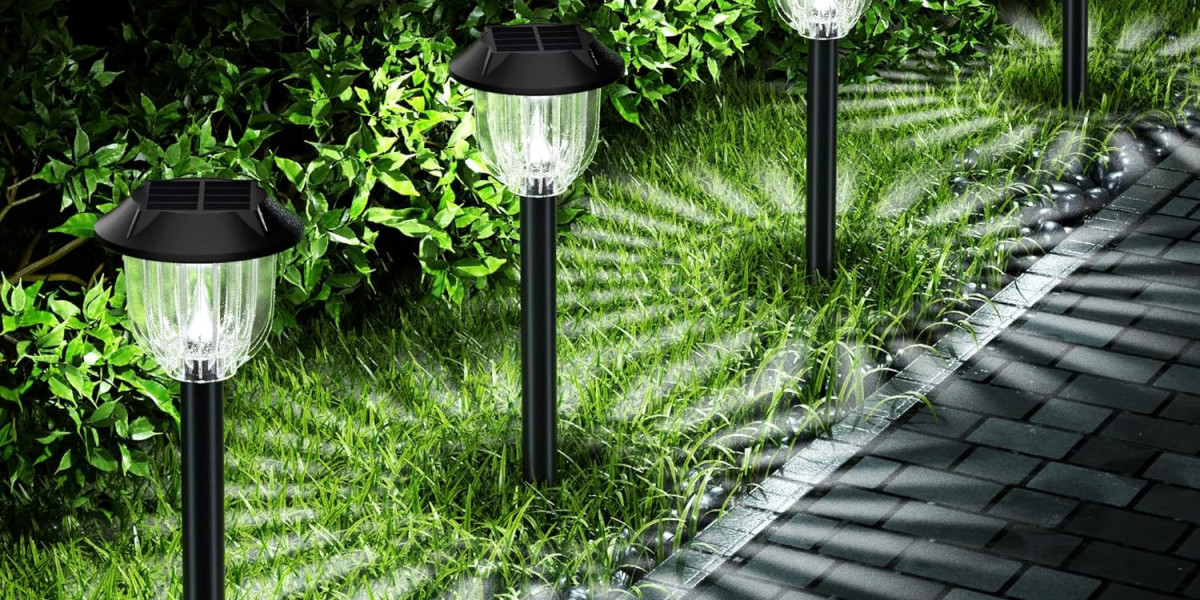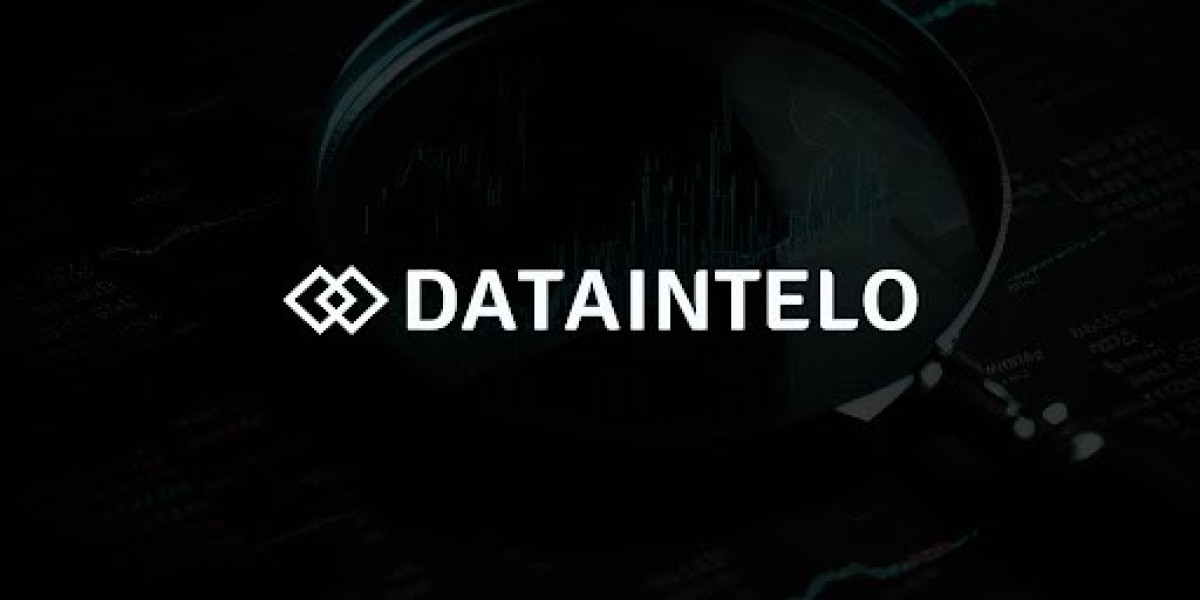The outdoor lighting market is showing strong momentum as manufacturers, investors, and infrastructure planners seek opportunities amid rapid urbanization, sustainability mandates, and smart-technology integration. In this article, we analyze market dynamics, revenue drivers, and strategic takeaways for stakeholders aiming to succeed in this growing sector.
Market Dynamics
Energy Efficiency & Sustainability Demands
Regulatory pressure to reduce carbon emissions and energy consumption is pushing adoption of LED lighting, solar‑powered options, and intelligent controls. Governments are offering incentives, while consumers and municipalities increasingly prefer lighting systems that deliver lower operating costs over time rather than simply lower upfront costs.Smart Cities & Connectivity Integration
Outdoor lighting is no longer just illumination—it’s becoming a node in broader urban intelligence networks. Features like adaptive dimming, motion sensors, IoT connectivity, remote monitoring, and predictive maintenance are influencing product design, deployment, and total cost of ownership decisions.Retrofit Wave in Developed Markets
In many mature economies, much of the existing outdoor lighting infrastructure is aging. Instead of new installs, replacement of old lamps and fixtures with LED and smart fixtures offers rapid returns. Retrofit programs are being driven by regulations, utility rebate programs, and cost savings from reduced energy and maintenance expenses.Growth in Emerging Regions
Countries in Asia‑Pacific, Latin America, Middle East & Africa are investing in infrastructure development and urban expansion. With rising electrification, increasing per capita income, and public safety concerns, demand for street lighting, landscape lighting, and outdoor architectural lighting is rising. Solar off‑grid lighting is especially relevant in remote or developing areas.Design, Aesthetics & Experience
Beyond function, the aesthetic component of outdoor lighting—architectural façade lighting, landscape and decorative lighting—is increasingly valued. Brands offering customizable color temperature, lighting effects, and design flexibility are gaining traction in commercial and residential segments.
Revenue Analysis & Key Metrics
Market Size & Growth Rates
The global outdoor lighting market is forecast to grow at a steady compound annual growth rate (CAGR) in the range of ~7‑10% over the next several years, depending on region and technology segment. Major reports estimate market values increasing from mid‑tens of billions of USD to significantly larger scales by 2030 and beyond.
For example, segments focused on LED outdoor lighting, smart lighting controls, and solar components are growing faster than legacy HID or fluorescent technologies.Regional Contributions
Developed markets such as North America and Western Europe are currently responsible for a large share of revenue, especially in commercial and municipal outdoor lighting applications. However, Asia‑Pacific is expected to show the fastest growth in revenue contribution due to rapid urbanization, supportive government policies, and rising infrastructure investments.Segment Performance
LED Lighting: Dominates current revenue due to its energy savings, long lifespan, and falling costs.
Smart Controls / IoT / Connected Systems: Premium segment with higher margins; drives recurring revenue through software, services, monitoring.
Solar and Off‑Grid Lighting: Smaller base today, but high growth in regions without reliable grid infrastructure.
Decorative & Architectural Lighting: Though not always the largest volume segment, typically has higher margins and strong growth in premium commercial developments and luxury residential.
Distribution & Sales Channels
Traditional B2B sales, municipal contracts, and tenders remain large revenue sources, especially for large outdoor installations. Meanwhile, the online sales channel (including direct‑to‑consumer and online marketplaces) is growing, especially for smaller fixtures, decorative lighting, and retrofit products.
Challenges & Risks
High Upfront Cost & Capital Expenditure: Smart lighting systems, sensors, and solar elements often carry higher initial investment even if lifecycle costs are lower. Financing or incentive mechanisms are necessary to overcome buyer resistance.
Regulatory Complexity and Standards: Compliance with efficiency standards, light pollution laws, safety, and environmental regulations can vary greatly across geographies. Ensuring products meet all applicable norms increases development and certification costs.
Technical Interoperability & Maintenance: Smart systems converge multiple technologies (electronics, sensors, communications). Ensuring compatibility, durability (weather, vandalism, temperature), and effective maintenance (including spare parts, software updates) is essential.
Supply Chain & Component Costs: Availability of LED chips, drivers, battery systems (for solar) and sensor components can impact costs. Fluctuations in raw material prices or trade restrictions may pose risk.
Consumer / Municipality Budget Constraints: Particularly in emerging markets, even with subsidies, budgets for infrastructure projects may be limited; priorities may be elsewhere, leading to delays or scaled‑down projects.
Strategic Insights for Investors & Manufacturers
Focus on Integrated Solutions
Manufacturers that bundle lighting hardware with smart controls, monitoring software, and maintenance services can differentiate and secure recurring revenue streams.Offer Financing Models or Performance Contracts
Leasing, Energy as a Service (EaaS), or performance‑based contracts help reduce the burden of upfront investment for buyers, accelerating adoption especially of premium or smart lighting systems.Build Local Partnerships & Manufacturing Presence
Local production, strategic alliances, or partnerships help navigate regulation, reduce logistic costs, better tailor products to local climate and usage needs, and win public tenders with “local content” requirements.Invest in R&D for Durability & Adaptive Features
Weatherproofing, modular design, glare reduction, adaptive lighting (dimming, motion sensing), and color control are features increasingly demanded. Also, R&D into battery and solar efficiency is crucial for off‑grid or hybrid deployments.Scale in High‑Growth Geographies
Emerging urban markets in Asia Pacific, Latin America, and Africa represent strong opportunity. Companies that establish early presence or suitable product lines for these regions will likely gain competitive advantage.Mitigate Risk through Regulatory and Standards Readiness
Stay ahead of changing regulations on energy efficiency, lighting pollution, environmental certifications. Ensuring products meet or exceed standards saves costs of retrofit or redesign later, and can become selling points.
Conclusion
For investors and manufacturers, the outdoor lighting market presents compelling opportunities. Growth is being propelled by energy efficiency demands, smart city roll‑outs, and rising urban infrastructure investment. Revenue is shifting toward integrated, connected, and premium segments. However, success is not guaranteed — managing costs, compliance, technical robustness, customer financing, and regional differentiation are critical.








